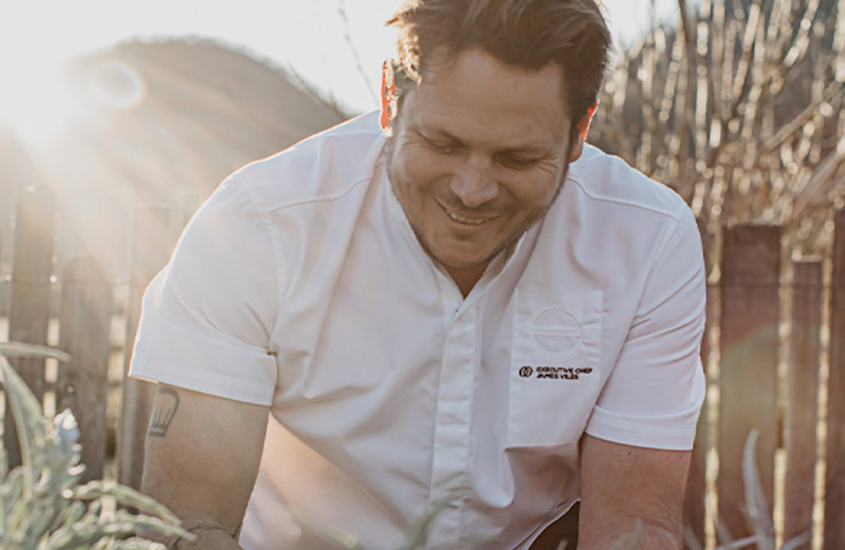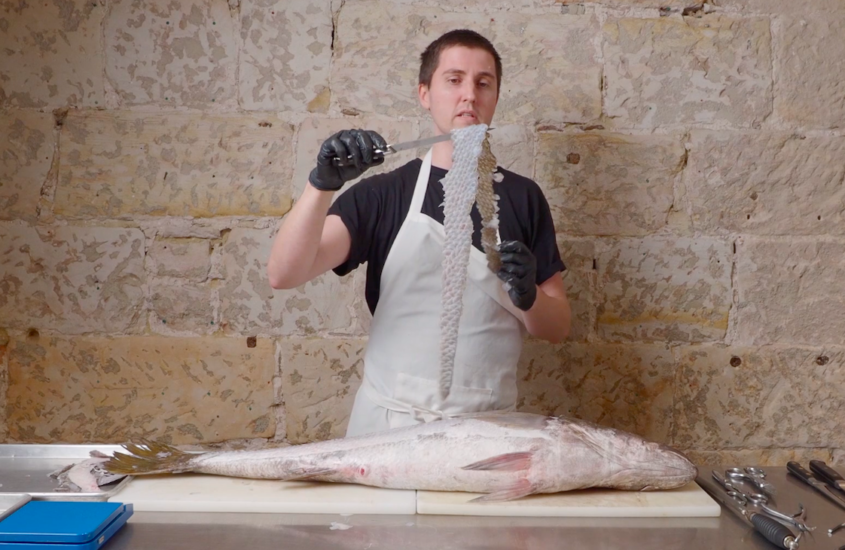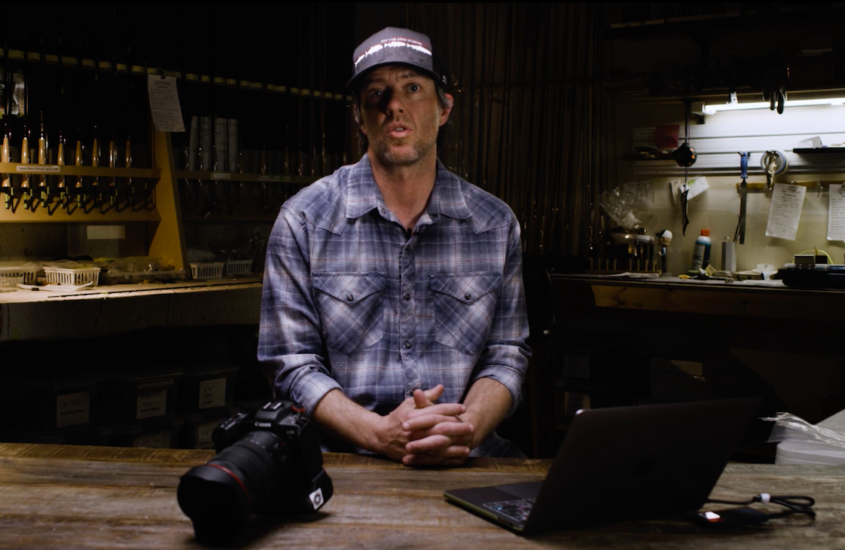As with my previous recipe for homemade ricotta cheese, you should use good quality, non-UHT milk for this. Many organic milks in Canada don’t work well for yogurt or cheese, and I suspect it’s due to the extra pasteurization processes that the milk is subject to. Additionally, low fat or skim milk isn’t ideal for this either. Typically commercially made low fat yogurts require thickening agents or gelatine to ensure that it’s set properly. They usually don’t taste nearly as good as a full fat yogurt, so producers will add loads of artificial flavourings and sugar to make up for it. By using a high fat milk (raw milk is best), you can ensure that it will set well and be very creamy, thick and delicious.
This yogurt doesn’t use any fillers, stabilizers or other added junk; it’s just milk and plain (non flavoured) live bacteria yogurt. You can use a commercially made yogurt as your starter for this recipe, just make sure that it says “live bacteria culture” in the ingredient list.
Also, don’t use flavoured, low fat or non-dairy yogurt for your starter. The live bacteria cultures in the yogurt are added to the heated milk, which then slowly turn your milk into yogurt. Moving ahead with new batches, just make sure to reserve a bit of your yogurt to use as the starter for next time.
Equipment
- Large non-reactive pot (dutch ovens work very well and help retain their heat)
- Thermometer (helpful, but not absolutely necessary)
Ingredients
- 2L whole milk (3.25% milk fat is ideal)
- 125ml live bacteria yogurt (about 1/2 cup)
Method
Heat your milk in a clean nonreactive pot over medium heat until the milk reaches 195*F. When the milk starts to froth and get a lot of tiny bubbles you are ready. Set the milk aside and allow it to cool until it reaches 110*F. If you don’t have a thermometer, you can test the correct temperature this way: if the milk has cooled enough so that you can just hold your (clean) finger in the hot milk for 10 seconds, it is ready for the next step.
Measure out your plain live bacteria yogurt in a bowl and add a few spoonfuls of the heated milk. Stir to combine and thin out the yogurt-milk mix, then pour it all back into the warm milk and stir well to mix completely.
If you have a dedicated yogurt maker, proofer, rice cooker or instant pot, feel free to follow the manufacturer directions for culturing yogurt and use those items, however, you do not need any of these devices to make yogurt. You can just wrap the pot of cultured warm milk in towels and it put into your oven overnight with the oven light left on. You do not need to leave the oven turned on as the milk will stay warm with the lid on and with the towel wrapped around it for insulation. If your kitchen is cold, you can turn the oven on to its lowest setting and let it warm up for 10 minutes. Make sure you turn the oven off before you put your pot into the oven and do not turn it back on while the yogurt is culturing!
If you have the ability to control the temperature exactly through a yogurt maker etc., please keep it at 104-108 degrees. Don’t stress if it’s a bit cooler, it will just take a bit longer to set.
Leave it alone for a minimum of 5 hours (I always leave it overnight when culturing in my oven). After that time, check to make sure it’s set. A longer time will make the yogurt taste more tangy. Put it into the refrigerator for at least three hours to chill. It will be ready to eat at this time.
When you are getting to the end of your supply of yogurt, make sure to save some to use in the next batch.
Enjoy!













